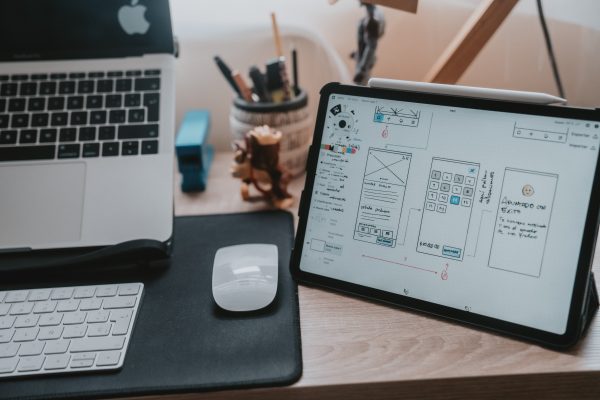In the dynamic and competitive world of mobile app development, the significance of superior UI/UX design cannot be overstated. As Singapore continues to establish itself as a global tech hub, both emerging startups and established companies are turning to design agencies in Singapore to craft exceptional mobile applications. This article delves into five best practices for mobile app UI/UX design in 2024, providing valuable insights for businesses looking to stay ahead of the curve.
1. User-Centred Design
The cornerstone of any successful mobile app design is a user-centred approach. This principle involves understanding the target audience’s needs, behaviours, and pain points. A typical mobile app design agency is adept at conducting thorough user research, which includes surveys, interviews, and usability testing. By gathering this data, they create personas and user journey maps that guide the design process.
A user-centred design ensures that the app’s interface is intuitive and easy to navigate, ultimately enhancing the user experience. In 2024, expect a continued emphasis on personalisation, with mobile app design services focusing on delivering tailored experiences that cater to individual user preferences and habits.
2. Minimalist and Functional Design
Minimalism remains a powerful trend in mobile app UI and UX design. Clean, uncluttered interfaces not only look aesthetically pleasing but also improve usability by reducing cognitive load. In Singapore, where the tech-savvy population demands high standards of design, minimalist design principles are widely adopted.
Functionality is paramount; every design element should serve a purpose. By eliminating unnecessary components and focusing on core features, mobile app design services providers can create streamlined, efficient applications. This approach enhances the user experience by making the app more intuitive and easier to use, leading to higher user satisfaction and engagement.

3. Seamless Integration of Advanced Technologies
As technology evolves, so do user expectations. In 2024, integrating advanced technologies such as artificial intelligence (AI), augmented reality (AR), and voice recognition into mobile app design is becoming increasingly important. Design agencies in Singapore are at the forefront of leveraging these technologies to create innovative and engaging user experiences.
For instance, AI can personalise content and recommendations, while AR can offer immersive experiences that bridge the gap between the digital and physical worlds. Voice recognition enables hands-free navigation, which is particularly useful for accessibility. By seamlessly incorporating these technologies, mobile app design services can offer cutting-edge solutions that meet the diverse needs of users.
4. Optimising for Speed and Performance
In today’s fast-paced digital landscape, users expect mobile apps to be quick and responsive. Slow load times and laggy interfaces can lead to frustration and high abandonment rates. Therefore, optimising for speed and performance is a critical best practice in mobile app UI and UX design.
Design agencies in Singapore prioritise performance optimisation by employing best practices such as efficient coding, reducing the number of server requests, and utilising caching techniques. Additionally, they ensure that apps are lightweight and do not consume excessive device resources. A well-optimised app not only provides a smoother user experience but also positively impacts the app’s ranking in app stores, leading to greater visibility and downloads.
5. Accessibility and Inclusivity
In 2024, inclusivity and accessibility are no longer optional but essential components of mobile app design. Ensuring that an app is accessible to users with disabilities not only broadens the user base but also demonstrates a commitment to social responsibility.
Mobile app design agencies in Singapore are increasingly adopting accessibility standards, such as the Web Content Accessibility Guidelines (WCAG). These guidelines provide a framework for creating apps that are usable by people with various disabilities, including visual, auditory, and motor impairments. Features such as scalable fonts, voice commands, and alternative text for images enhance accessibility and ensure that all users can enjoy a seamless experience.
Conclusion
Design agencies in Singapore are well-equipped to provide cutting-edge mobile app design services, leveraging their expertise to deliver innovative and user-friendly solutions. For those seeking mobile web app design inspiration, Singapore’s agencies offer a wealth of creative and technical prowess. By staying abreast of the latest trends and continuously refining their design strategies, these agencies ensure that their clients’ apps not only succeed but thrive in the competitive digital landscape of 2024.
For more information on mobile app UX and UI design, contact Right On Media, a trusted design agency in Singapore.






